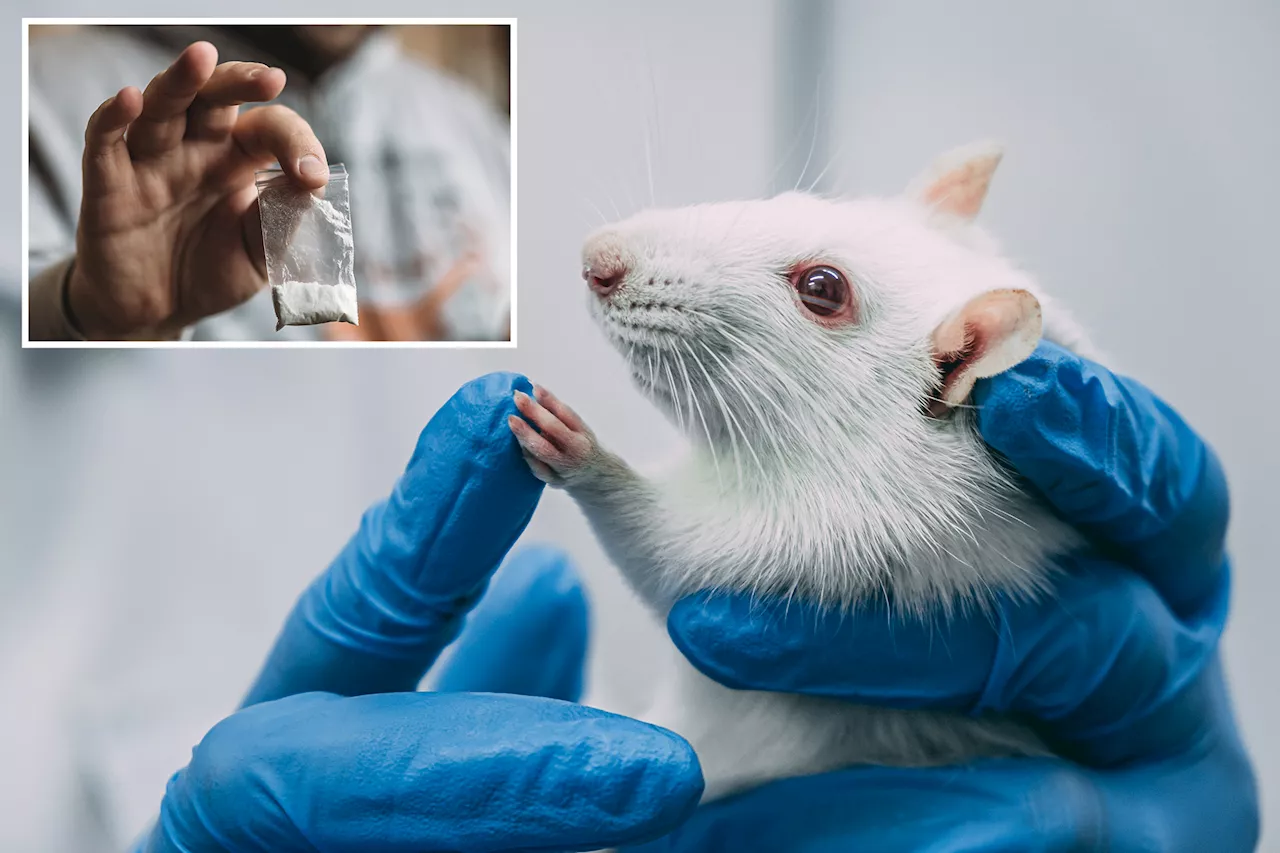Scientists have developed the first electrically pumped continuous-wave semiconductor laser composed exclusively of elements from the fourth group of the periodic table -- the 'silicon group'.
Scientists have developed the first electrically pumped continuous-wave semiconductor laser composed exclusively of elements from the fourth group of the periodic table -- the 'silicon group'. Built from stacked ultrathin layers of silicon germanium-tin and germanium-tin, this new laser is the first of its kind directly grown on a silicon wafer, opening up new possibilities for on-chip integrated photonics.
In recent years, significant progress has been made in monolithically integrating optically active components on silicon chips. Key components, including high-performance modulators, photodetectors, and waveguides have been developed. However, a long-standing challenge has been the lack of an efficient, electrically pumped light source using only Group IV semiconductors.
Grown on standard silicon wafers like those used for silicon transistors, it represents the first truly"usable" Group IV laser, though further optimizations are needed to further reduce the lasing threshold and achieve room-temperature operation. However, the success of earlier optically pumped germanium-tin lasers, which have evolved from cryogenic to room-temperature operation in only few years, suggests a clear path forward.
The research group, led by Dr. Buca from Forschungszentrum Jülich's PGI-9, has been pioneering tin-based Group IV alloys for years, collaborating with partners such as IHP, the University of Stuttgart, CEA-Leti, C2N-Université Paris-Sud, and Politecnico di Milano. They have already demonstrated the potential for applications in photonics, electronics, thermoelectric, and spintronics.
Graphene Spintronics Electronics Energy Technology Physics Petroleum Energy And Resources
United States Latest News, United States Headlines
Similar News:You can also read news stories similar to this one that we have collected from other news sources.
 What scientists just learned about addiction by giving rats cocaine: ‘The third group surprised us’The responses of lab rats given cocaine are shedding new light on the cognition of addiction.
What scientists just learned about addiction by giving rats cocaine: ‘The third group surprised us’The responses of lab rats given cocaine are shedding new light on the cognition of addiction.
Read more »
 Scientists Find Walking Every Day Could Add 11 Years to Your LifeOne of the most powerful ways to maintain a healthy weight, stay strong, and sleep better is shockingly simple. All you have to do is put one foot in front of the other.
Scientists Find Walking Every Day Could Add 11 Years to Your LifeOne of the most powerful ways to maintain a healthy weight, stay strong, and sleep better is shockingly simple. All you have to do is put one foot in front of the other.
Read more »
 Scientists Develop Whole New Form of Effective Asthma TreatmentGeoffrey Pointing says its hard to describe the distress of an asthma or COPD flare-up.
Scientists Develop Whole New Form of Effective Asthma TreatmentGeoffrey Pointing says its hard to describe the distress of an asthma or COPD flare-up.
Read more »
 Rumbles from WA's Mount Adams pulls scientists from ‘high-threat’ volcanoThe installation of critical seismic sensors at Glacier Peak, one of Washington state's “very high threat” volcanoes, has been delayed for another two years.
Rumbles from WA's Mount Adams pulls scientists from ‘high-threat’ volcanoThe installation of critical seismic sensors at Glacier Peak, one of Washington state's “very high threat” volcanoes, has been delayed for another two years.
Read more »
 Scientists gather to decode puzzle of the world’s rarest whaleAn extremely rare spade-toothed beaked whale is being examined by researchers in New Zealand. Only seven of its kind have ever been found and almost nothing is known about the enigmatic species.
Scientists gather to decode puzzle of the world’s rarest whaleAn extremely rare spade-toothed beaked whale is being examined by researchers in New Zealand. Only seven of its kind have ever been found and almost nothing is known about the enigmatic species.
Read more »
 Scientists captured an image of a star beyond the Milky Way for the first time everScientists have finally imaged a star outside of the Milky Way for the first time. Here's what it looks like and how they did it.
Scientists captured an image of a star beyond the Milky Way for the first time everScientists have finally imaged a star outside of the Milky Way for the first time. Here's what it looks like and how they did it.
Read more »
